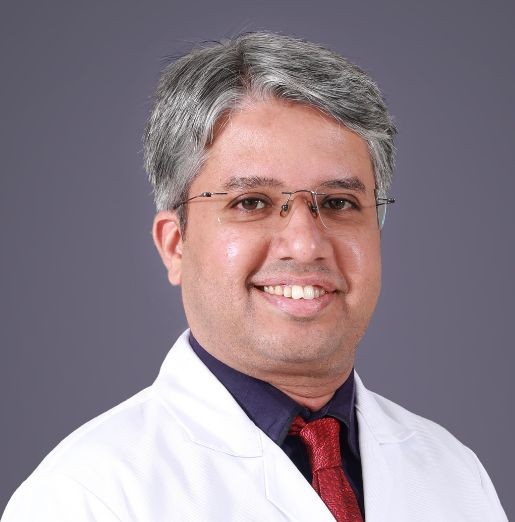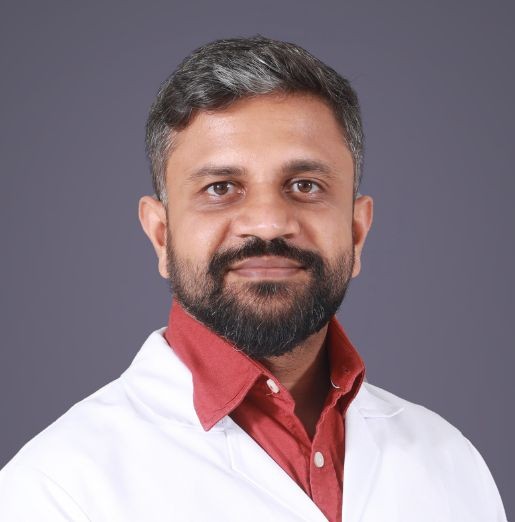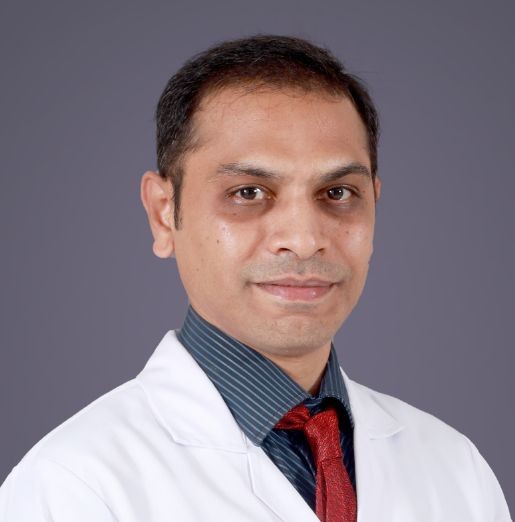At KIMS Hospitals in Electronic City, our Anaesthesiology team has experts from anaesthesia, pain control and perioperative care to work under one streamlined system. Our goal is to make surgeries both safe and comfortable for you.
Seasoned consultants lead our anaesthesia team with skills gained from working in both India and other countries. They handle general, regional, paediatric, obstetric, cardiothoracic and neuroanaesthesia. They also manage organ transplants and pain relief care. With their diverse experience and the use of advanced equipment, they deliver tailored and secure care for surgeries of all types, from simple to critical ones.
Highlights of Our Anaesthesia and Pain Services
Focused Expertise
Skilled consultants lead our anaesthesia team. They bring knowledge and experience from both local and international fields. They handle general, regional and advanced anaesthesia covering areas such as heart, brain, child and transplant surgeries. Their wide range of abilities lets surgeons provide safe and customised care for all surgeries.
Targeted Techniques and Regional Anaesthesia
At KIMS Hospitals Electronic City, our anaesthesiology team relies on ultrasound-guided nerve blocks during operations to ease post-surgery pain. This method reduces opioid use, helps patients recover quickly and improves patient comfort. Regional anaesthesia techniques are an important part of our surgical plans including those under ERAS protocols.
Advanced Pain Management
Our doctors manage a range of pain issues, from severe surgery-related pain to long-term to cancer-related pain. They offer treatments like targeted injections, medication pumps, and combined pain management approaches. These methods help deliver precise and lasting relief.
Top-notch Systems to Deliver Anaesthesia
Doctors sometimes use total intravenous anaesthesia systems to manage drug doses. This approach makes the process smoother, ensures stable recovery and improves how medications are handled while reducing the chances of complications.
Cutting-edge Techniques in Monitoring Surgery
At KIMS Hospitals in Electronic City, the anaesthesia team uses modern tools to watch patients closely during operations. They also use depth-of-anaesthesia systems like BIS and Entropy, check cardiac output and track neuromuscular and spinal cord activity. These tools improve patient safety and help adjust anaesthesia levels during for better post-operative recovery and outcomes.
Focus on Patients and Teamwork
Our anaesthetists at KIMS Hospitals in Electronic City design individualised anaesthesia plans to match the patient’s health and the surgery type. They involve patients and surgeons in making every decision. By doing this, we are able to create a more personal treatment plan for you that helps build a plan that feels personal, easy to understand and reassuring.
Different Types of Anaesthesia
1. Local Anaesthesia:
Your doctor gives local anaesthesia to you to numb that part of your body where they perform procedures. They use it on you during minor surgical procedures (cataract surgeries or skin tests). You stay awake and at ease during these procedures.
2. Sedation:
Your doctor will often call sedation "twilight sleep". It relaxes you so that you fall asleep. Whenever a doctor needs to talk to you during surgery they can wake you up. Your doctor may need to sedate you for procedures like pulling out wisdom teeth, inserting a catheter into the heart, or performing some types of colonoscopies.
3. Regional anaesthesia:
Regional anaesthesia numbs a larger body area, like a leg, an arm, or the lower half of the body. An epidural during childbirth or an arm block for hand surgery are common examples. Doctors might pair regional anaesthesia with sedation or they could use it by itself.
4. General anaesthesia:
General anaesthesia makes you unconscious. It prevents any feeling of pain and keeps you asleep during surgery. Doctors rely on it to perform major operations on areas like the head, chest, or abdomen because it ensures your safety by keeping you unaware.
Your doctor can combine general anaesthesia with regional anaesthesia as and when required. This combination will keep you unconscious and have numbness in the desired region during the operation. It will cause smoother recovery and less post-operative pain.






